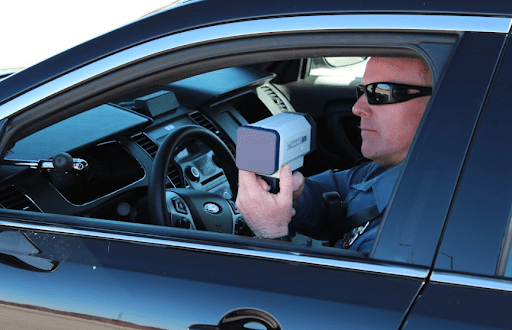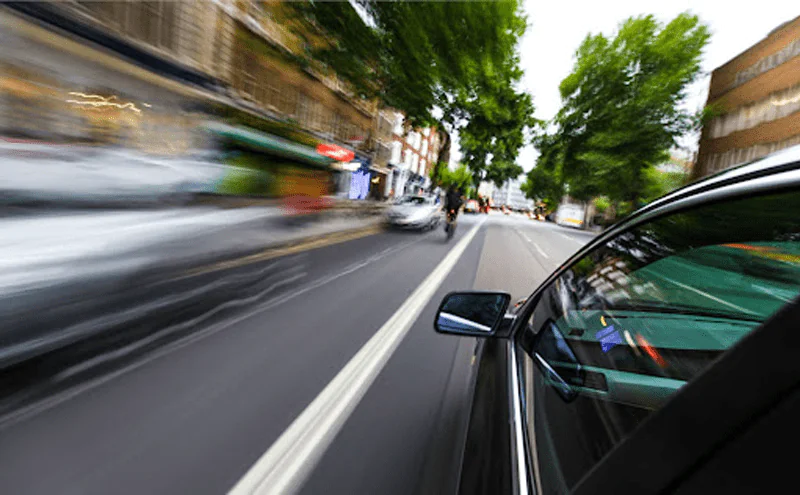The 2020 lockdowns saw a sharp increase in speeding and road fatalities across the US, and this trend is yet to reverse. This was partly due to the fact that people falsely believed that it was safe to drive faster when there was less traffic. However, these numbers have yet to drop back down to their pre-pandemic levels. So why are American drivers still speeding, and what can we learn from the traffic statistics?
According to the Centers for Disease and Control Prevention, each year 1.35 million people are killed on roads around the world. This is higher than the number of murders and suicides combined. Road deaths are one of the highest causes of what are classified as ‘preventable deaths’. Worse still, they represent the number one cause of preventable deaths in children.
TRAFFIC DURING THE PANDEMIC
As the lockdowns forced people to stay home, there was a sudden drop in the number of cars on the road. While this should have resulted in fewer accidents, the number of deaths on the road rose rather than fell. The Nonprofit National Safety Council estimated a total of 42,060 deaths from traffic accidents in 2020, representing an 8% increase in comparison to 2019. Last year also saw the largest annual percentage increase in fatalities per 100m miles driven since 1923. Contrary to what was previously assumed, the empty roads led to more speeding and recklessness in those who were still driving. This not only led to an increase in the number of accidents, but also in the severity and lethality of these crashes.
Surprisingly, current data shows that this behavior and its consequences have remained the same, even as the roads have become busy again.
2021 HAS NOT SEEN AN IMPROVEMENT

More than 20,000 people died in road accidents in the US during the first six months of this year, according to the National Highway Traffic Safety Administration (NHTSA). This is about an 18.4 percent increase when compared to the same period of 2020. In fact, it’s the largest number of fatalities in that time period since 2006. These numbers are inflated by individuals who were driving under the influence, and those failing to wear seat belts. Speeding is seen as the other ‘pandemic’, as the number one cause of this increase in road fatalities. The NHTSA expressed concern over the statistics, citing current road fatality rates as “the highest our nation has experienced since 2007, surpassing the high level in 2020.”
WHO IS RESPONSIBLE?
Primarily, it is the duty of every driver, cyclist, and pedestrian to protect their own safety and that of those around them. However, the truth remains that all too often people do not honor their responsibility.

When this happens, the government is tasked to intervene to protect lives. More specifically, it is the NHTSA that takes on this important task. Their mission statement is “Save lives, prevent injuries, reduce vehicle-related crashes”. The Federal Highway Administration is already stepping up to assist, by ramping up its Focused Approach to Safety Program. This program helps regions address the most common causes of traffic fatalities, including roadway departures and crashes between vehicles, bicyclists and pedestrians. The FHA also added to its list of Proven Safety Countermeasures, including bike lanes, wider edge lines and better lighting.
WHERE DO WE GO FROM HERE?
We are now hoping that these federal programs will have a positive impact. However, it is also important for law enforcement agencies to come up with more comprehensive strategies. More than having traffic police on the ground, other forms of equipment need to be deployed in order to combat speeding the smart way.
In practice, a smarter way of speed enforcement would consist of identifying areas of special concern where increased monitoring is needed; making use of speed awareness devices that could deter drivers from speeding; and having the right video equipment to collect evidence of wrongdoings when necessary.
What is your agency doing to transition into a smarter way of speed enforcement?

